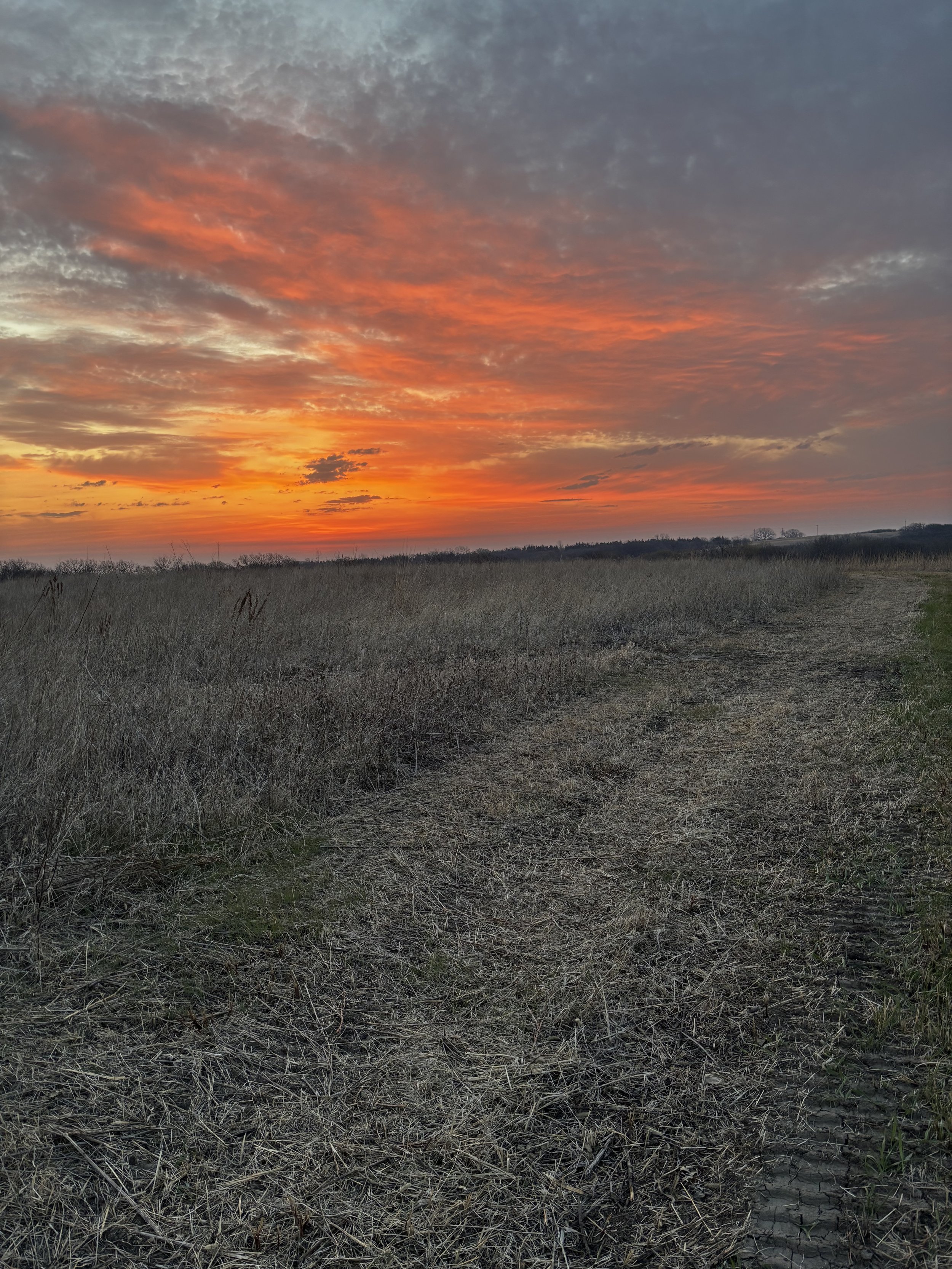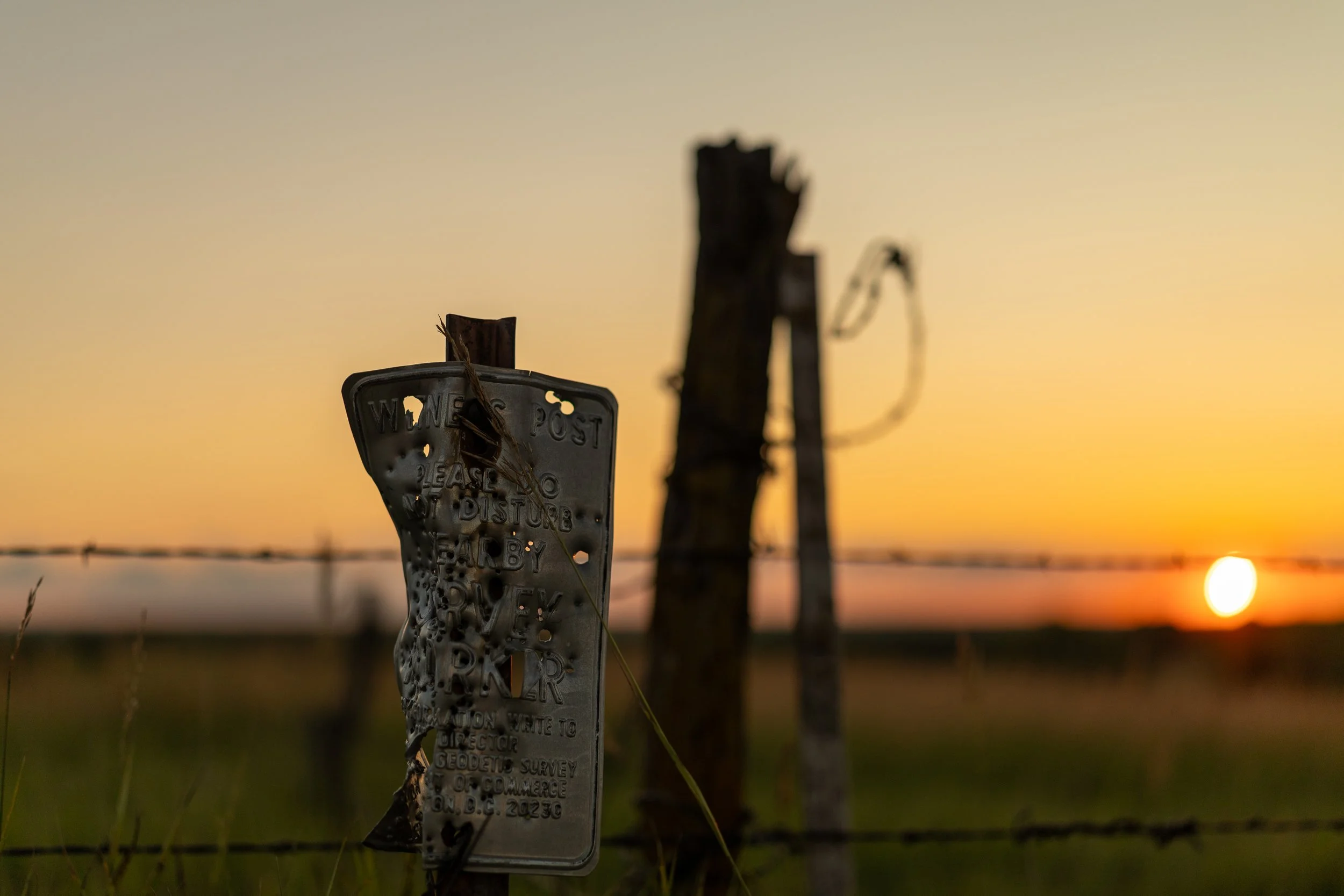
Hunting
•
Fishing
•
Family
•
Nebraska
•
Hunting • Fishing • Family • Nebraska •

Spotlight
Nebraska Waterfowl Season: Cold Mornings, Hot Action
air turns sharp, and the birds start moving. That’s when the real season begins for Nebraska hunters. When the first skim of ice hits the marshes, big flocks start to push through the Central Flyway.
Those frosty mornings can be tough, but they bring some of the best hunts of the year. Find open water — that’s the key. As smaller ponds freeze, ducks and geese stack up on rivers and reservoirs like Branched Oak, Twin Lakes, and stretches of the Platte.
Gear matters. Good waders, dry gloves, and a thermos go a long way when the wind’s cutting sideways. If you hunt with a dog, keep them dry and close — hypothermia sets in fast this time of year.
The late-season edge: birds are smarter now. Use smaller spreads, lighter calling, and natural blinds. Sometimes less motion means more success. As the season winds down, it’s not about limits — it’s about grit, patience, and those quiet moments when the marsh wakes up under a pink Nebraska sky.
Winter Fly-Tying in Nebraska: Staying Sharp When the Water Freezes
When the rods rest, the vise wakes up. Winter’s when fly tiers earn next spring’s success.
Focus on the small stuff:
- Midges
- Scuds
- Leeches
For trout at Soldier Creek or Long Pine Creek, try Zebra Midges and WD-40s.
Tip: pick three patterns that worked last year. Tie two dozen of each. You’ll thank yourself in April. Winter tying isn’t downtime — it’s the quiet season of preparation. Coffee, a warm shop, and wind howling outside… that’s Nebraska off-season at its best.

